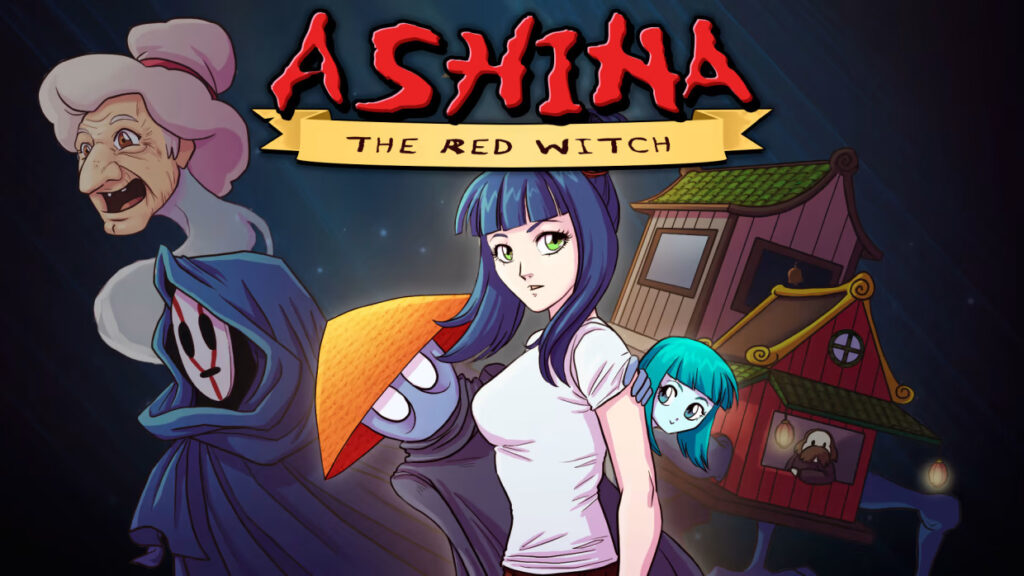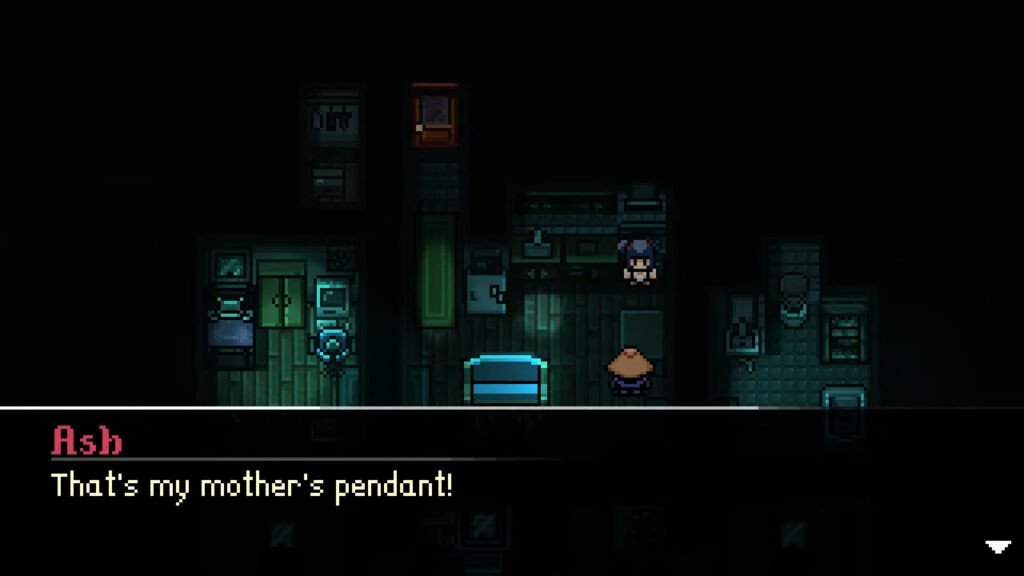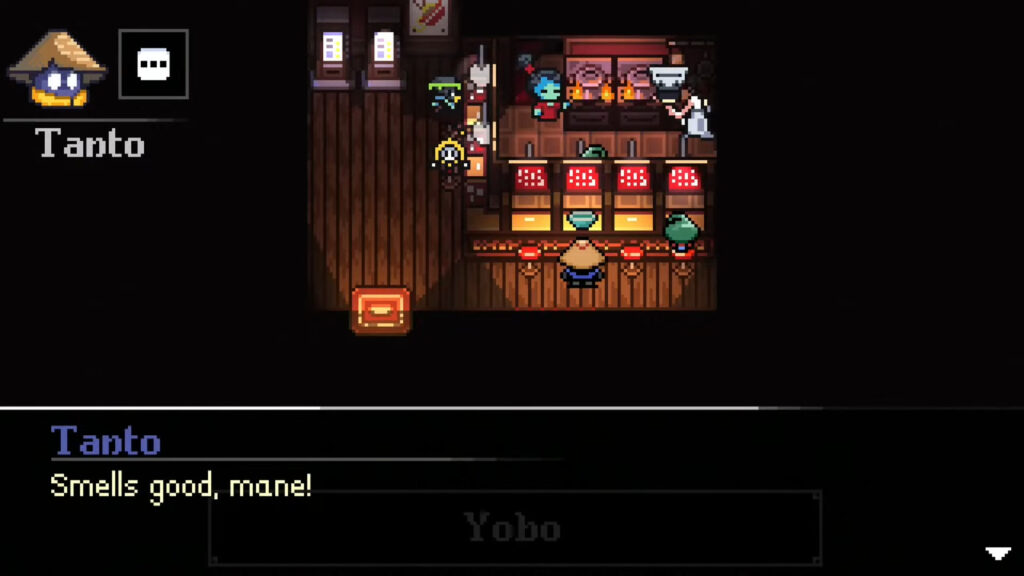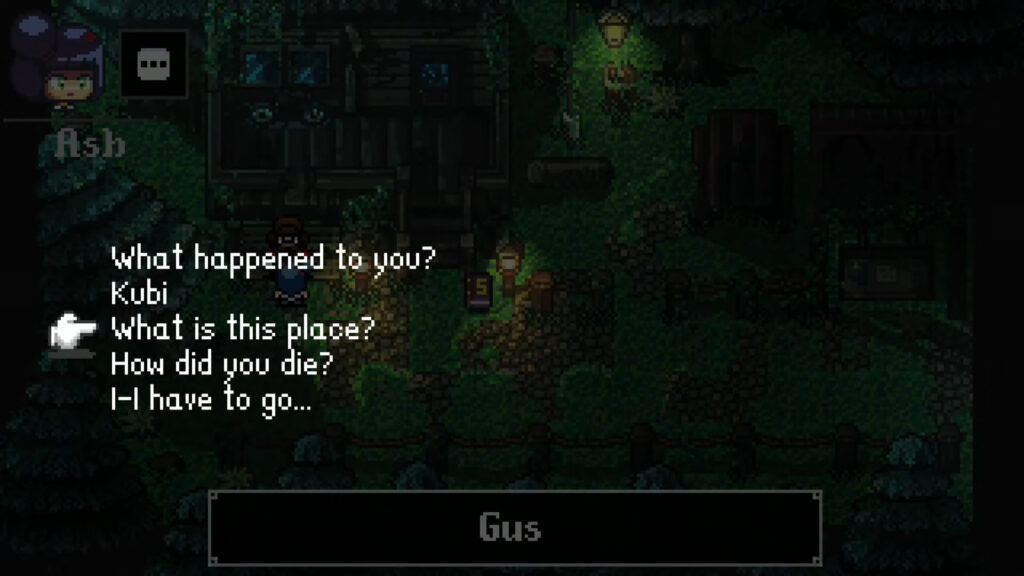
Developer: Stranga Games
Publisher: Ratalaika Games
Platform: PC, Switch, PS4, Xbox One
Tested on: Switch
Ashina: The Red Witch – Review
We feel that the term ‘hidden gem’ has become hollowed out in recent years, as it simply has become an alternative way to say ‘really good indie game’. Games like Hades or Dead Cells are fantastic, but they aren’t exactly hidden. This does make it all the more special when you stumble on an actual hidden gem, especially if you weren’t expecting it. Ashina: The Red Witch is such a gem. It has been out on PC for over a year, but it flew under our radars until its recent arrival on consoles, and there is a good chance it flew under yours too. When we started playing it, we immediately fell in love with what Ashina had to offer, and while this isn’t necessarily going to be the case for everyone, this game might just be up your alley. Read on to find out why.
Story
Our story starts innocuous enough, with the titular Ashina -’Ash’ for short- living a modest life in her apartment. When night falls, however, she is woken up by Tanto, a Yokai spirit who has broken into Ash’s place to eat her food and watch TV. After Ash confronts Tanto, he takes off with Ash’s pendant. Given that the pendant in question is an heirloom that Ash got from her deceased mother, it’s understandable that the girl doesn’t want to lose it, so she quickly decides to go after Tanto. Upon chasing the spirit, Ash stumbles through a portal and ends up in the spirit world. Ash quickly learns that she only has a limited amount of time to retrieve her pendant before the portal closes, which would trap her in the spirit world permanently. Unfortunately, Tanto has given the pendant away already. That’s only the beginning of the story, as the more Ash talks to the spirits, the more mysteries she uncovers surrounding her family. Is her mother really dead? What do the spirits know about her? And what role does Ash’s sister Tena play in all this?
It’s clear from the get-go that developer Stranga Games took inspiration from Studio Ghibli’s films, in particular Spirited Away and My Neighbor Totoro, when they came up with Ashina’s story. Miyazaki’s films are the most prominent sources of inspiration, but we ran into elements that reminded us of Jim Henson’s Labyrinth and even Undertale. That’s not to deride Ashina as a ripoff or something unoriginal, as the elements the game borrows from all the aforementioned titles blend together in a cozy, atmospheric tale that immediately grabbed our attention and never let go of it.
Graphics
That Ashina is able to capture the Ghibli atmosphere so accurately is made all the more impressive by how minimalistic the presentation is. Ashina makes use of gorgeous pixel art, which really lets the environments shine, but the true stars of the show are the various Yokai, vampires, ghosts, and other creatures that inhabit the spirit world. Despite being represented by tiny sprites, the character designs ooze emotion and personality. In fact, the sprite-work is more adorable and endearing than the game’s actual key art.
Sound
The fairy-tale-like atmosphere of Ashina is further tied together by great sound design. The music is varied and catchy, although we would have preferred orchestrated versions of some of the tunes rather than their 16-bit renditions. This does fit with the visuals, of course, and the soundscape is more than adequate. However, what makes Ashina’s audio truly stand out is that the game isn’t afraid to use silence as a way to make specific story beats hit harder emotionally.
Gameplay
There isn’t a whole lot of depth or complexity to Ashina’s mechanics. In terms of pure gameplay, it falls somewhere between a point-and-click adventure and a visual novel. Most of your time is spent navigating Ash through the various towns and buildings of the spirit world, talking to the natives, and completing simple inventory-based puzzles. There is no combat here, and the most difficult part about the puzzles comes early on when you’re still figuring out which parts of the environment are interactable. While Ashina looks absolutely gorgeous, the environments can be difficult to read, and the hitboxes of those interactable elements don’t always seem accurate. It took us a while to figure out how to use staircases, because unlike in most games, you need to press ‘A’ to do so rather than simply walk up the stairs. The prompt to press ‘A’ only appeared in a very specific position too. It’s something that wasn’t necessarily frustrating but it did take some getting used to.
This also translates into the controls somewhat. The game doesn’t really explain anything, and although moving Ash around and talking to people is a no-brainer, it took some experimenting before we figured out how to use our inventory effectively. We’re not saying that it was difficult to do so, but the way things are set up is ever so slightly different from similar games. Fortunately, Ashina isn’t a game that relies on quick reflexes, and misclicks don’t have negative consequences, so even if muscle memory kicks in and you keep pressing the wrong inputs, you won’t be facing any frustration. That is by design too, as this is a game that is all about delivering a compelling story first and foremost, rather than challenging players. Ashina isn’t a very long game, clocking in at roughly four and a half hours. There are multiple endings to uncover, which add some replay value. This is reflected in the relatively low price point, and this becomes even more palatable when you look at Ashina’s gameplay as a storytelling medium rather than an actual video game.
Conclusion
Whether or not Ashina will resonate with you depends on two things: do you like Studio Ghibli’s style of storytelling and can you enjoy a ‘game’ with no real gameplay? If you answered yes to both questions, you will absolutely adore what’s on offer here. We were more than pleasantly surprised by Stranga Games’ latest outing and wouldn’t mind spending more time in the charming company of Ash, Tena, and Tanto.









No Comments